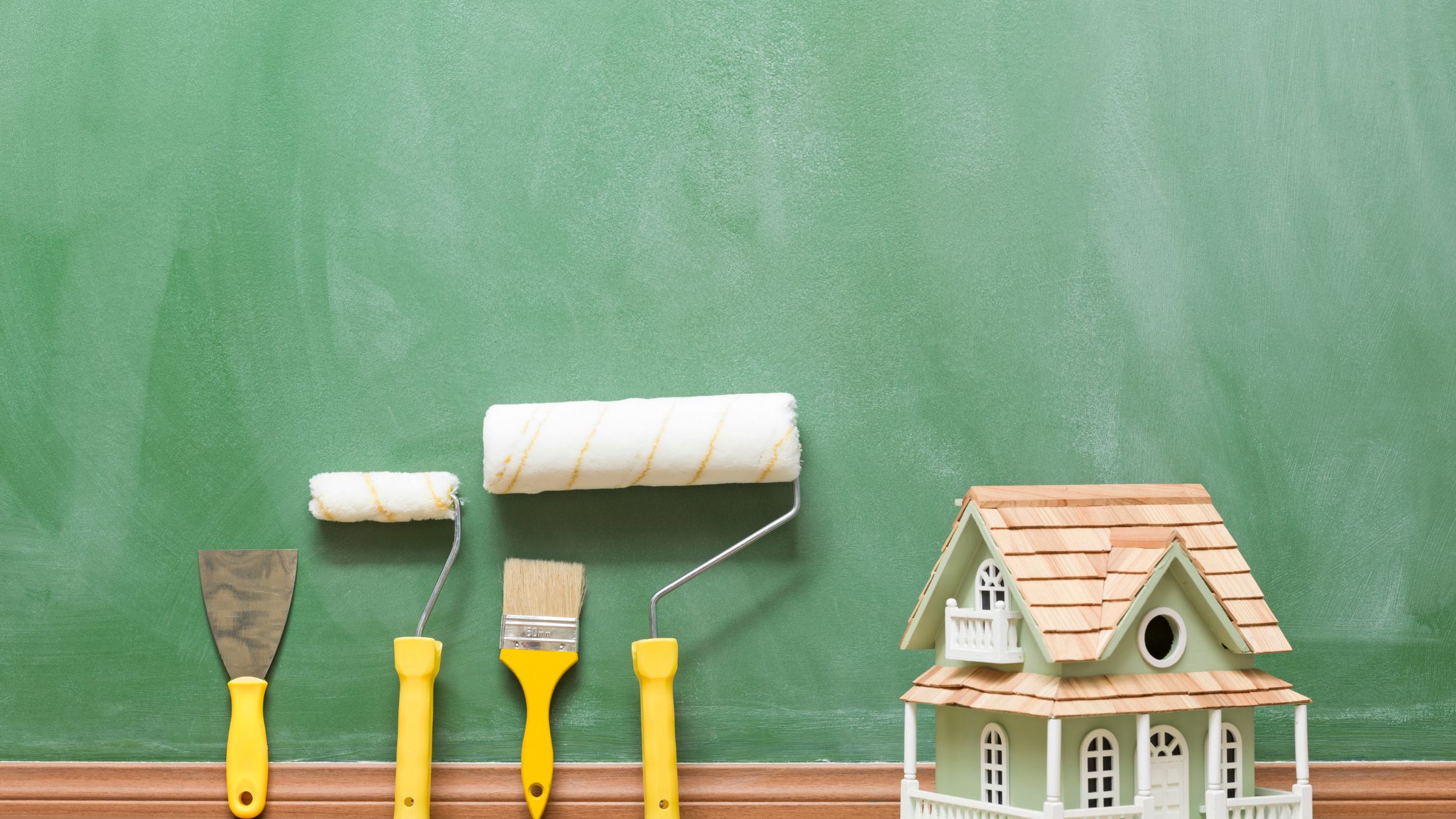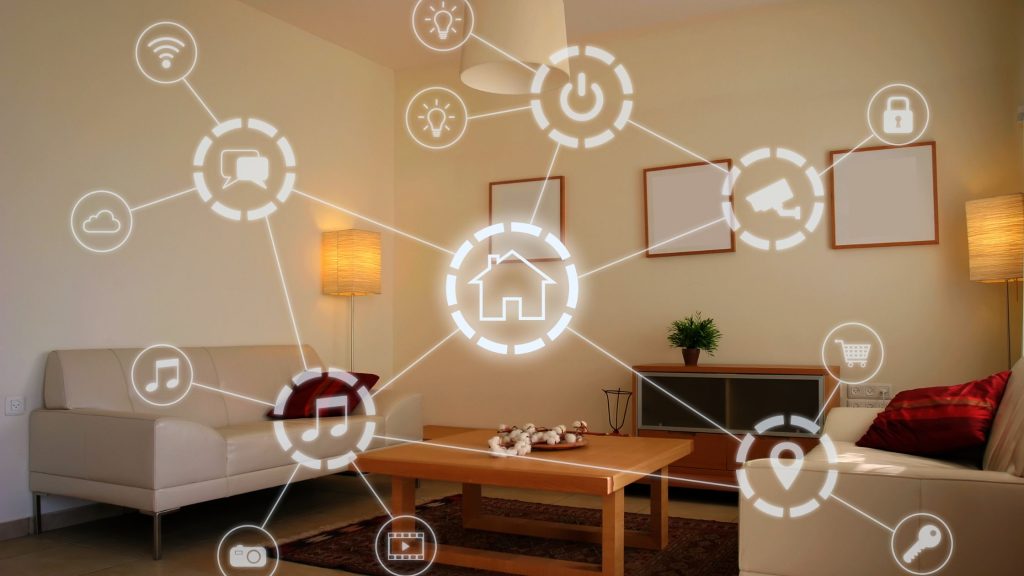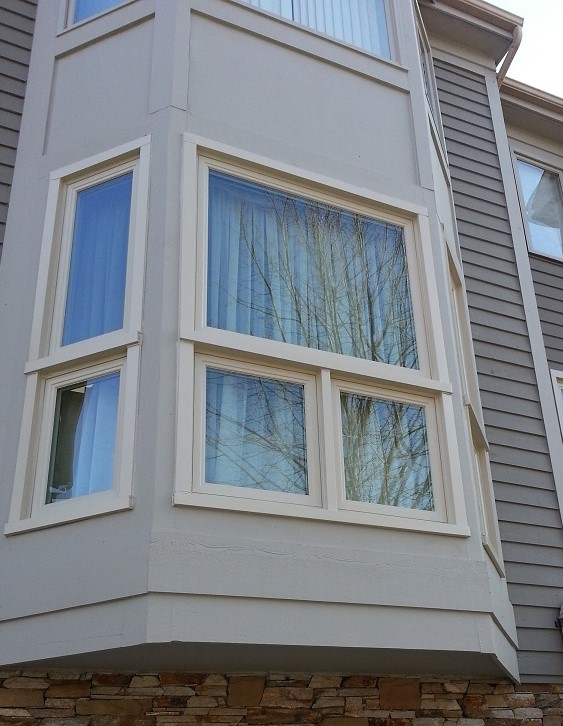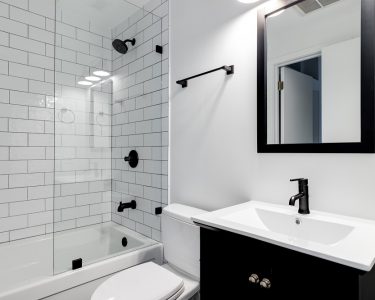Budget-Friendly Home Improvements For Seniors
Aging can bring about significant changes in mobility, strength, and overall health. A well-designed home can significantly improve the quality of life for seniors. By making a few budget-friendly modifications, you can create a safer, more comfortable, and accessible living space.
Addressing Common Challenges For Seniors
Mobility:
- Ramps: For homes with steps, installing a ramp can provide safe and easy access.
- Widening doorways: This can accommodate wheelchairs or walkers, making it easier for seniors to move around their homes.
- Grab bars: Strategic placement of grab bars in bathrooms, hallways, and near stairs can offer additional support and stability.
- Lever door handles: These can be easier for seniors with arthritis or limited hand strength to open and close doors.
Bathing:
- Walk-in showers: These can eliminate the need to step over a high tub, reducing the risk of falls.
- Non-slip mats: Placing non-slip mats in the shower and bathtub can help prevent slips and falls.
- Grab bars: Grab bars installed in the shower and bathtub provide additional support and stability.
- Shower benches: These can make it easier for seniors to sit down while showering.
Meal Preparation:
- Lower countertops: Lowering kitchen countertops can make it easier for seniors to reach and work on them.
- Easy-to-use appliances: Choose appliances with large buttons, clear displays, and ergonomic designs.
- Accessible storage solutions: Install shelves and drawers at a height that is easy for seniors to reach.
- Countertop organizers: Use countertop organizers to keep items within easy reach and reduce clutter.
Additional Considerations:
- Lighting: Ensure adequate lighting in all areas of the home, especially in hallways, bathrooms, and kitchens.
- Clear pathways: Remove clutter and obstacles to prevent tripping hazards.
- Emergency call systems: Consider installing an emergency call system to provide quick assistance in case of a fall or other emergency.
- Home care services: Explore home care services that can provide assistance with daily living activities, such as bathing, dressing, and meal preparation.
Safety First For Seniors
Preventing Falls:
- Non-slip flooring: Install non-slip flooring or rugs in areas where there is a risk of slipping, such as bathrooms, kitchens, and hallways.
- Well-lit areas: Ensure adequate lighting throughout the home, especially in areas where there may be shadows or low light. Consider using nightlights or motion-activated lights for added safety.
- Clear pathways: Remove clutter and obstacles from walkways to prevent tripping hazards.
- Secure rugs and mats: Make sure rugs and mats are firmly secured to the floor to prevent slipping.
- Handrails: Install handrails on stairs, ramps, and along hallways to provide additional support.
Additional Safety Measures:
- Emergency call systems: Consider installing an emergency call system that allows seniors to summon help with the push of a button.
- Smoke detectors and carbon monoxide detectors: Ensure these are installed and working properly to prevent fires and carbon monoxide poisoning.
- Fire extinguishers: Keep fire extinguishers readily accessible in key areas of the home.
- Medication management: Help seniors organize their medications and ensure they are taking them correctly to prevent accidents caused by medication errors.
- Home safety inspections: Consider having a professional home safety inspector assess your home for potential hazards and recommend improvements.
By implementing these safety measures, you can significantly reduce the risk of falls and other accidents for seniors in your home.
Comfort and Convenience For Seniors
Ergonomic Furniture:
- Comfortable seating: Choose chairs and sofas with ample padding and support to help prevent back pain and fatigue.
- Adjustable furniture: Consider adjustable chairs and tables that can be customized to fit the needs of seniors with mobility limitations.
- Armrests: Armrests on chairs and sofas can provide additional support and make it easier to stand up and sit down.
Lever Door Handles:
- Ease of use: Lever door handles are easier to open and close than traditional knob handles, especially for seniors with arthritis or limited hand strength.
- Accessibility: Lever door handles can also be helpful for seniors who use wheelchairs or walkers.
Automatic Lights:
- Convenience: Motion-activated lights can automatically turn on when a person enters a room, reducing the need to manually turn on and off lights.
- Safety: Automatic lights can also help prevent falls by illuminating dark areas.
Easy-to-Use Appliances:
- Large buttons: Appliances with large buttons are easier to see and use for seniors with vision problems or limited dexterity.
- Clear displays: Appliances with clear displays can make it easier to read settings and instructions.
- Ergonomic designs: Choose appliances with ergonomic designs that are easy to reach and operate.
Additional Considerations:
- Temperature control: Ensure that your home’s heating and cooling system is functioning properly and that you have a thermostat that is easy to use.
- Soundproofing: Consider adding soundproofing to your home to reduce noise levels and create a more peaceful environment.
- Home organization: Keep your home well-organized to reduce clutter and make it easier to find things.
- Personal touches: Incorporate personal touches, such as family photos or favorite items, to make your home feel more welcoming and comfortable.
By creating a comfortable and convenient home environment, you can help improve the quality of life for seniors and make their daily activities more enjoyable.
Accessibility For Seniors
Ramps:
- Outdoor access: Install ramps to provide access to the front door, patio, or garage.
- Indoor access: If there are steps inside the home, consider installing ramps or chair lifts to make it easier to navigate.
Widened Doorways:
- Accommodate wheelchairs: Widening doorways can make it easier for seniors who use wheelchairs or walkers to move around the home.
- Standard width: The standard width for a doorway is 32 inches. Consider widening doorways to at least 36 inches for better accessibility.
Lowered Countertops:
- Kitchen and bathroom: Lowering countertops in the kitchen and bathroom can make it easier for seniors to reach and work on them.
- Adjustable height: Consider using adjustable countertops that can be raised or lowered to accommodate different heights.
Bathroom Modifications:
- Grab bars: Install grab bars near the toilet, sink, and shower to provide additional support.
- Non-slip mats: Place non-slip mats in the shower and bathtub to help prevent falls.
- Shower benches: Install a shower bench to make it easier for seniors to sit down while showering.
- Handheld showerheads: Consider installing a handheld showerhead that can be adjusted to different heights.
Additional Considerations:
- Lever door handles: These can be easier for seniors with limited hand strength to open and close doors.
- Automatic doors: If possible, install automatic doors for added convenience.
- Accessible light switches: Place light switches at a height that is easy for seniors to reach.
- Outlets that are Accessible: Install outlets at a height that is easy for seniors to reach.
- Accessible storage: Organize storage spaces at a height that is easy for seniors to access.
By making your home more accessible, you can help seniors maintain their independence and improve their quality of life. Consider consulting with a professional accessibility specialist for personalized recommendations.
Beyond the Basics
- Smart Home Technology: Consider incorporating smart home technology, such as voice-activated assistants or automated lighting systems, to make daily tasks easier for seniors.
- Outdoor Spaces: Create a comfortable and accessible outdoor space for seniors to enjoy. Install ramps, add seating areas, and consider a raised garden bed for those who enjoy gardening.
- Storage Solutions: Organize closets and storage areas to make it easier for seniors to find what they need. Consider using labeled containers and shelves that are easy to reach.
- Energy Efficiency: Make your home more energy-efficient to reduce utility bills and create a more comfortable environment. Consider upgrading to energy-efficient appliances, sealing air leaks, and improving insulation.
DIY Projects For Seniors
Many home improvements can be done on a budget with a little DIY effort. Painting, redecorating, and rearranging furniture can give a home a fresh new look. For seniors who enjoy gardening, low-maintenance plants and raised garden beds can provide a therapeutic and enjoyable activity.
Conclusion
By making a few budget-friendly home improvements, you can create a safer, more comfortable, and accessible living space for seniors. These modifications can help improve their quality of life and promote independence. Consider the specific needs of your loved one and explore these options to create a home that truly suits their needs.






